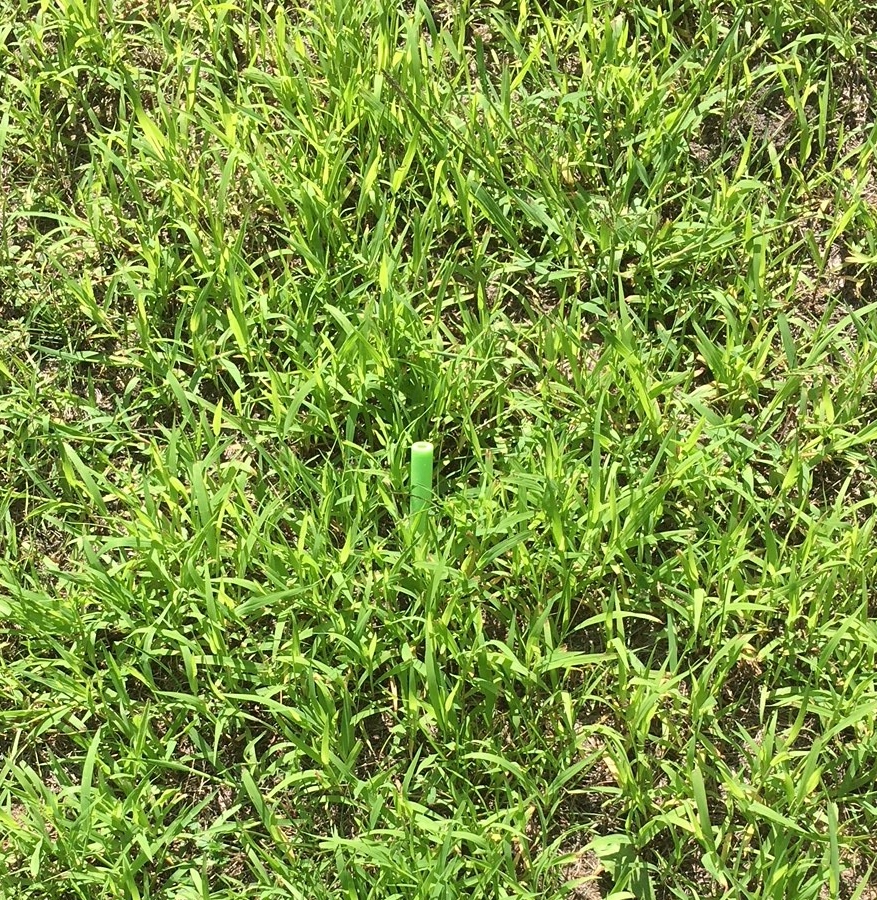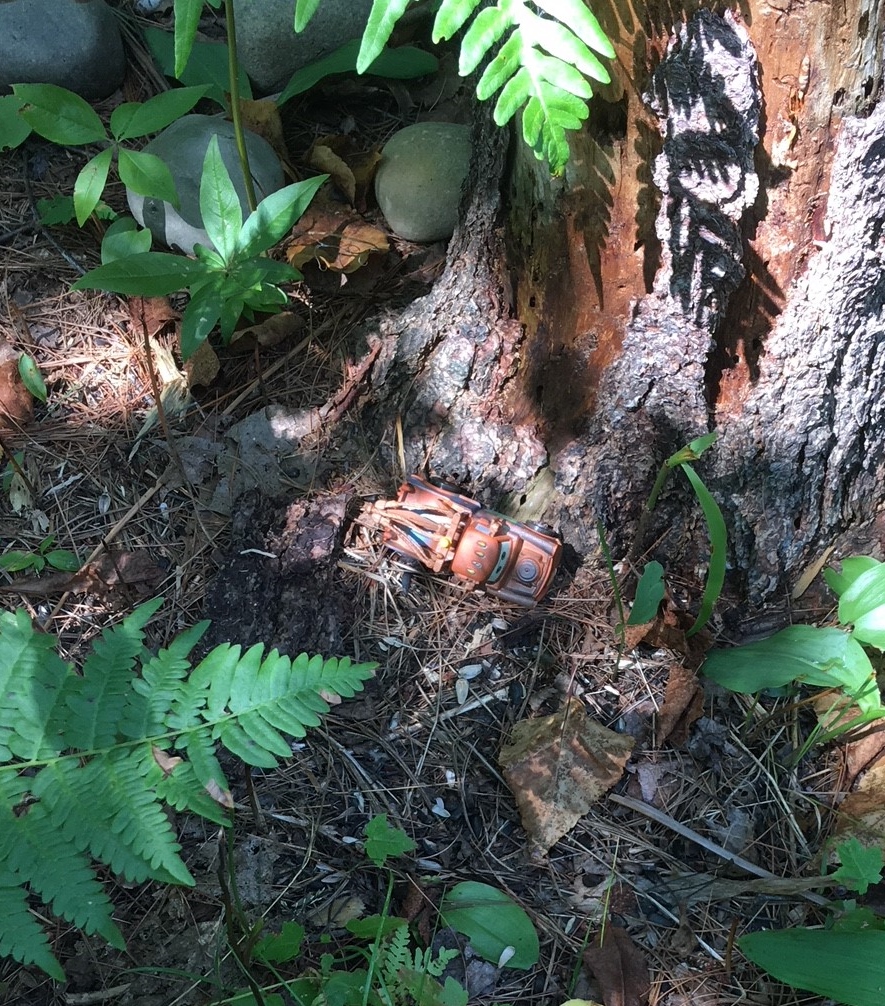
Bulletin 4H1750
Teaching science when you don't know diddly-squat: Why do some animals use camouflage
DOWNLOAD
June 19, 2019 - Michigan State University Extension
Purpose:
The purpose is not to teach specific content, but to teach the process of science – asking questions and discovering answers. This activity encourages young people to try to figure things out for themselves rather than just read an answer on the internet or in a book. As a leader, try not to express your opinion, but let the youth engage in arguments based on evidence.
Time required:
20 minutes or multiple days depending on the interest and questions the youth have
Materials required:
- 10-15 small everyday items (for example, a toy car, a penny, a marker, or other items)
- A chart with no items listed in which participants record the item and its location or a chart with the items listed in which participants fill in the location
- Writing utensils
- Clipboards (one per pair of participants)
- Outdoor or indoor path where the everyday items can be placed near similar colored or shaped features (for example, green crayon in grass, brown toy car by a tree stump, and other ideas)
Science Practice:
Asking questions and defining problems:
1. What is camouflage? Why do you think some animals use camouflage?
Science Practice:
Planning and carrying out investigations:
2. Decide on the area that will be used to place the items. Mark if of so participants know the boundaries of where to look for items. Setting up a loop is an effective path so participants have a starting and ending point.
3. The adult can place the items and have youth search for them, or youth can place the items. If youth place the items, give each participant only one or two so they still have to hunt for the majority of the items.
4. As items are placed, the adult must record the items and their location so they can be collected when the activity is complete.


5. Make sure all items are visible from the path so youth do not have to go of exploring. Also make sure items are not totally hidden. At least 75 percent of the object should be visible, but can blend into the surroundings.
6. Have youth work in pairs. Tell them the boundaries of the area they are working in and how many items total they need to find. You can provide a chart with the items listed so they know exactly what they are looking for (easier adaptation), or you can provide a chart that leaves the items blank and tell them only the number of items they need to find (harder adaptation).
7. Give each pair of youth either one of the two charts depending on the level of difficulty you prefer to give them. Have them slowly walk the path. Space the pairs out by about 30 seconds so each pair has some room to move through the designated area. Have each pair record the items they see and where they see them. Tell them not to touch or pick up the items. Ask them to quietly discuss what they see so they don’t accidentally tell other pairs where or what items are.
Sample Chart With Items. (The items can be left blank to make it more challenging.)

Science Practice:
Using mathematics and computational thinking
8. Have each pair turn in their completed chart
9. Compile the data onto one sheet and discuss what and how many items were found
Science Practice:
Analyzing and interpreting data:
10. Were there some items everyone saw? Were there any items that no one saw? What factors contribute to camouflage? Shape? Color? Texture? Size?
Science Practice:
Constructing explanations and designing solutions:
11. Why do you think some items were easier to see than others? How do multiple factors contribute to camouflage? Are some factors more effective than others in some situations?
Science Practice:
Engaging in argument from evidence:
12. Discuss why some animals use camouflage and how different factors influence the effectiveness of an animal’s camouflage. Can camouflage strategies change based on the time of year? What other environmental influence might impact camouflage?
Other thoughts:
- Do you think camouflage is only used by prey animals?
- Do you think predators use camouflage?
- How do humans use camouflage?
- When and why might humans use camouflage?
Science & Engineering practices:
These eight Science and Engineering Practices come from A Framework for K–12 Science Education (National Research Council, 2012, p. 42). These research-based best practices for engaging youth in science are connected to in-school science standards that all children must meet.
- Asking questions and defining problems
- Developing and using models
- Planning and carrying out investigations
- Analyzing and interpreting data
- Using mathematics and computational thinking
- Constructing explanations and designing solutions
- Engaging in argument from evidence
- Obtaining, evaluating, and communicating information
Reference:
National Research Council. (2012). A framework for K-12 science education: Practices, crosscutting concepts, and core ideas. Washington, DC: National Academies Press.



 Print
Print Email
Email




